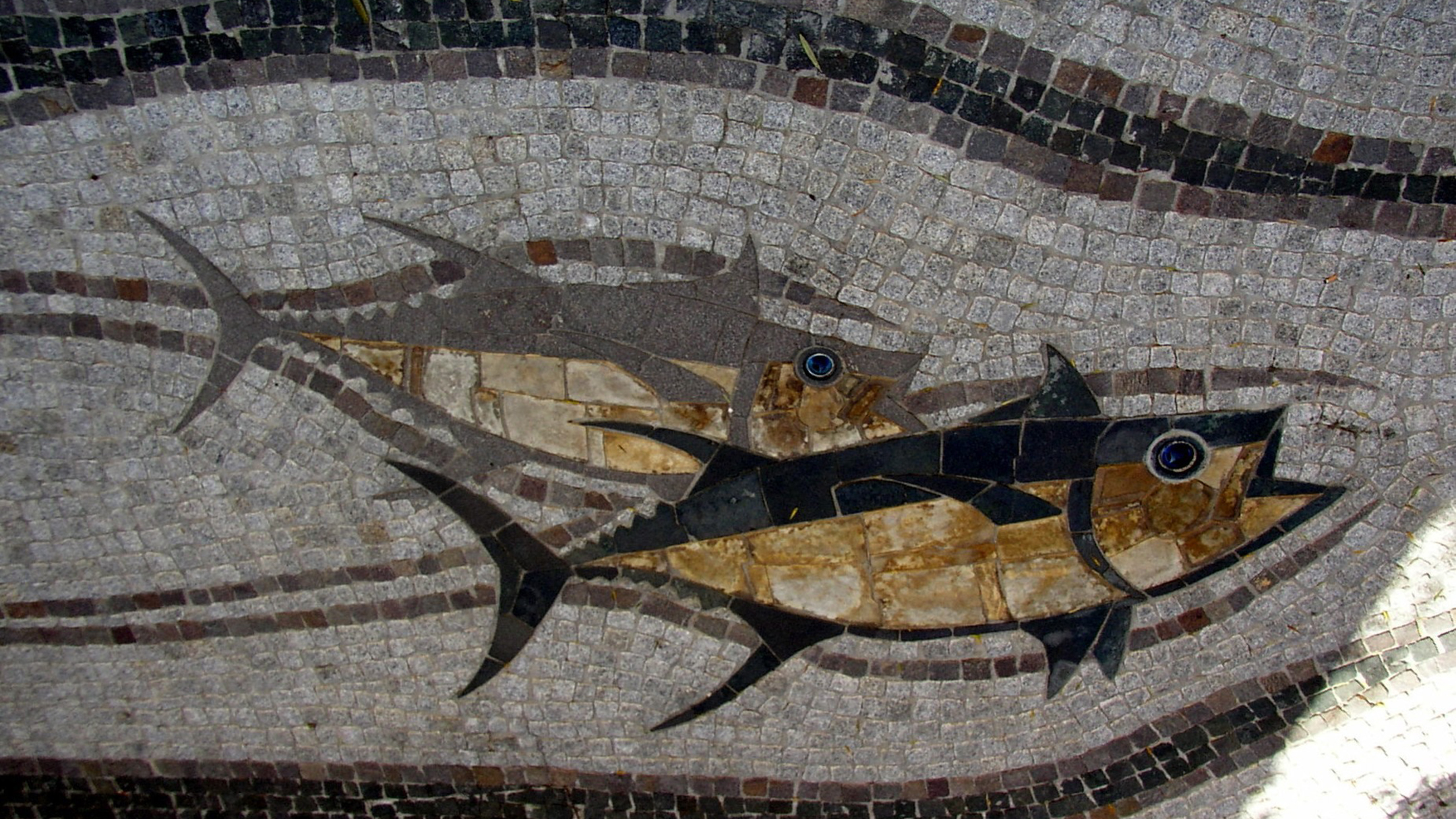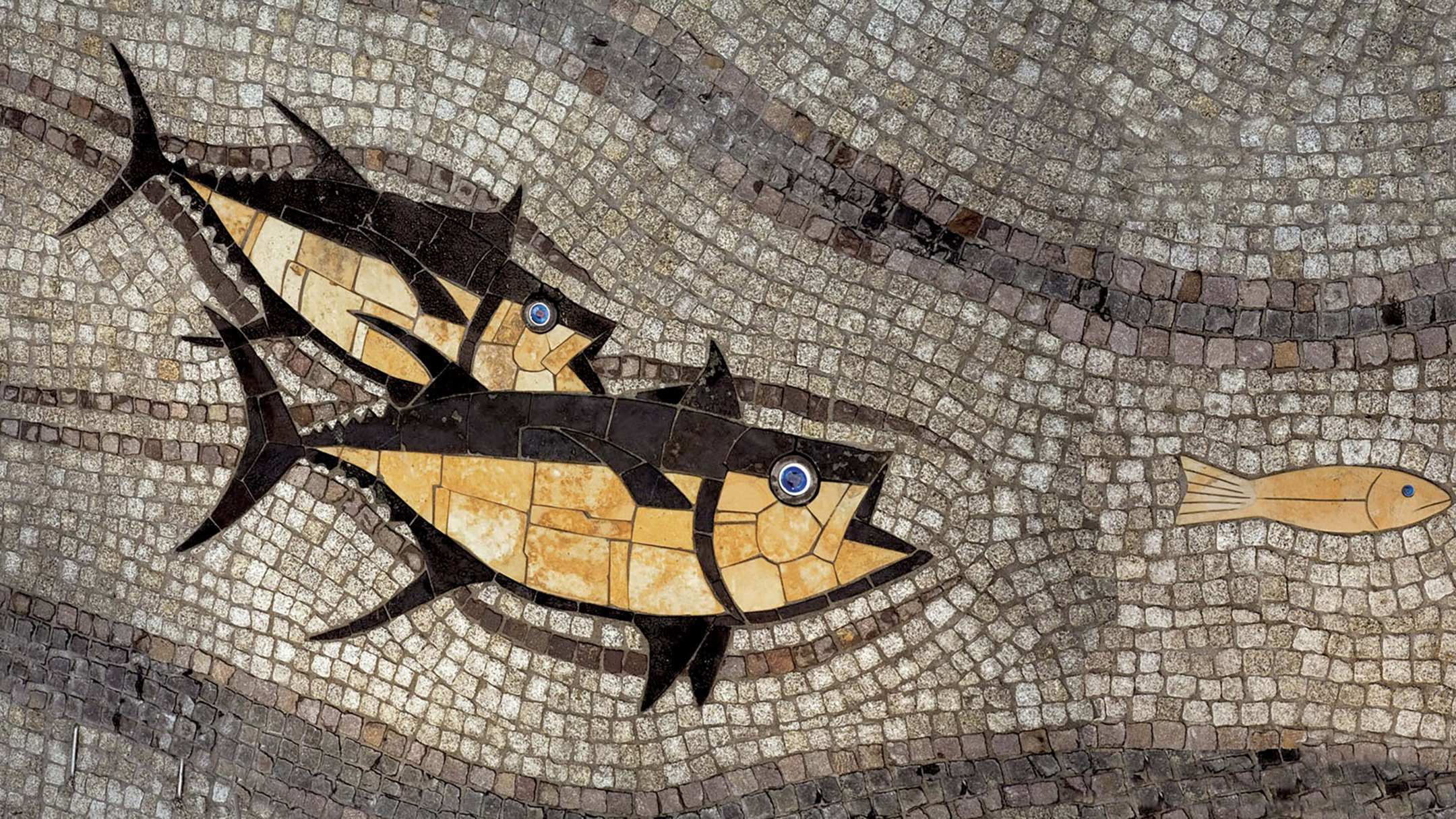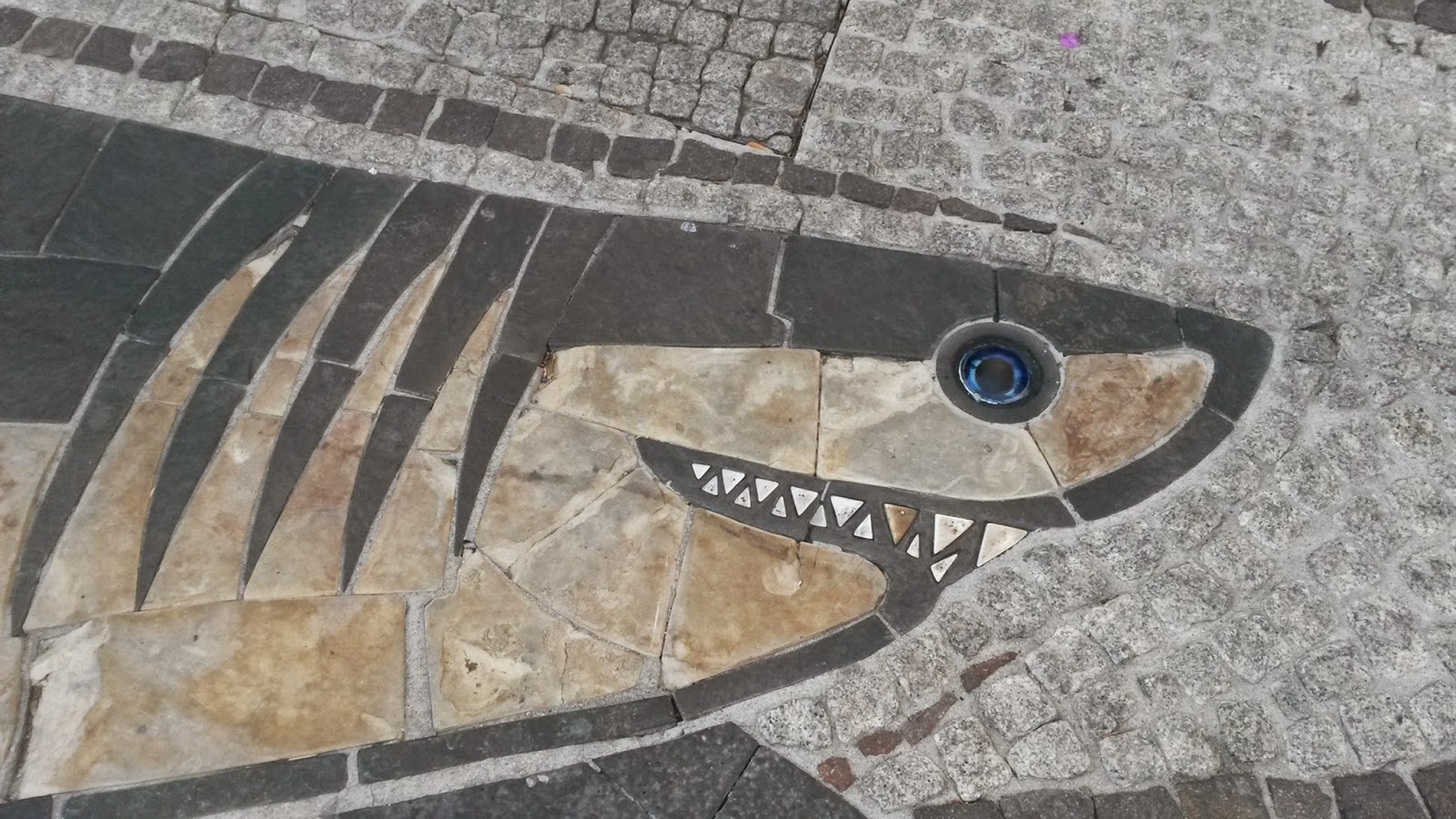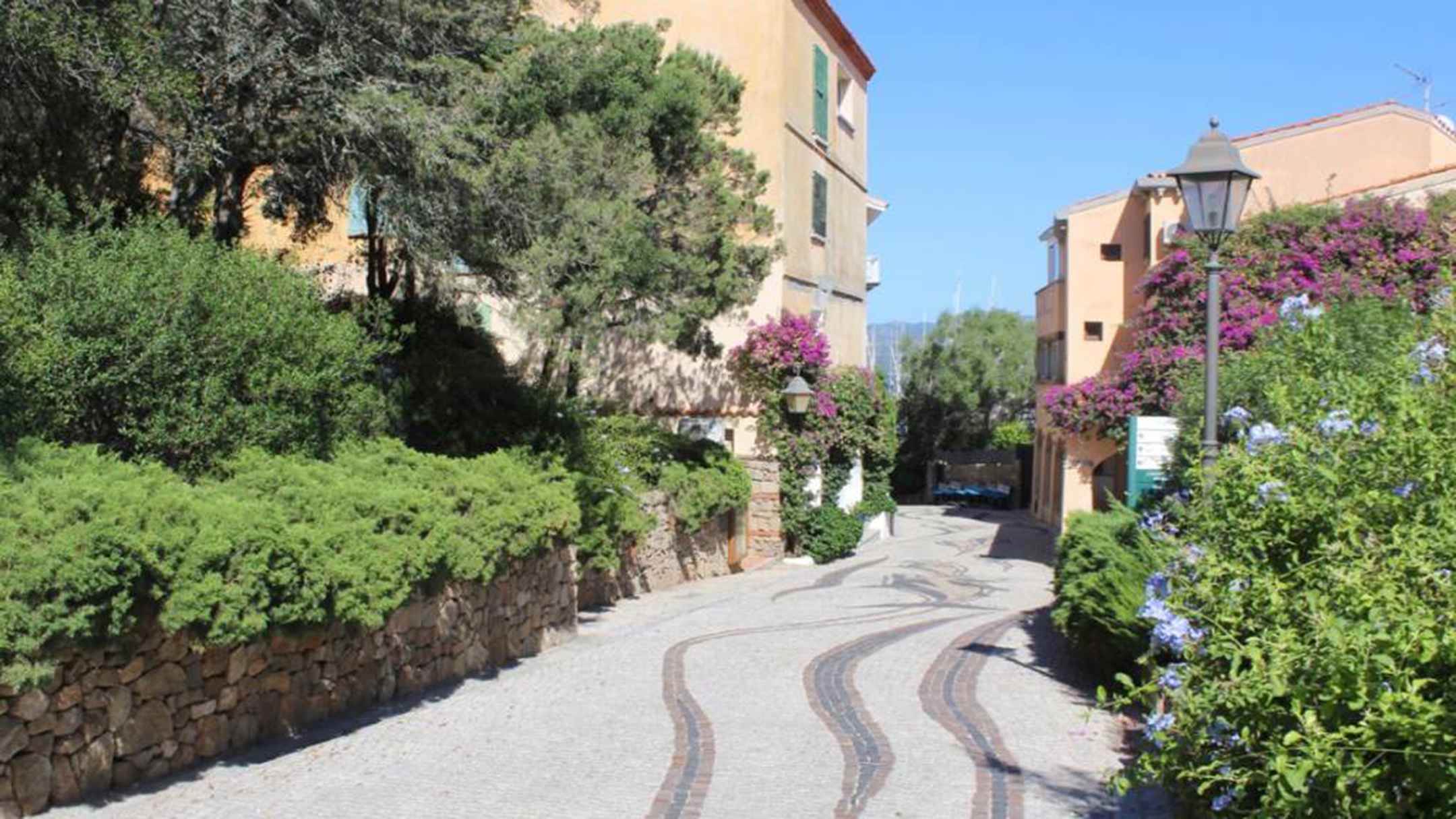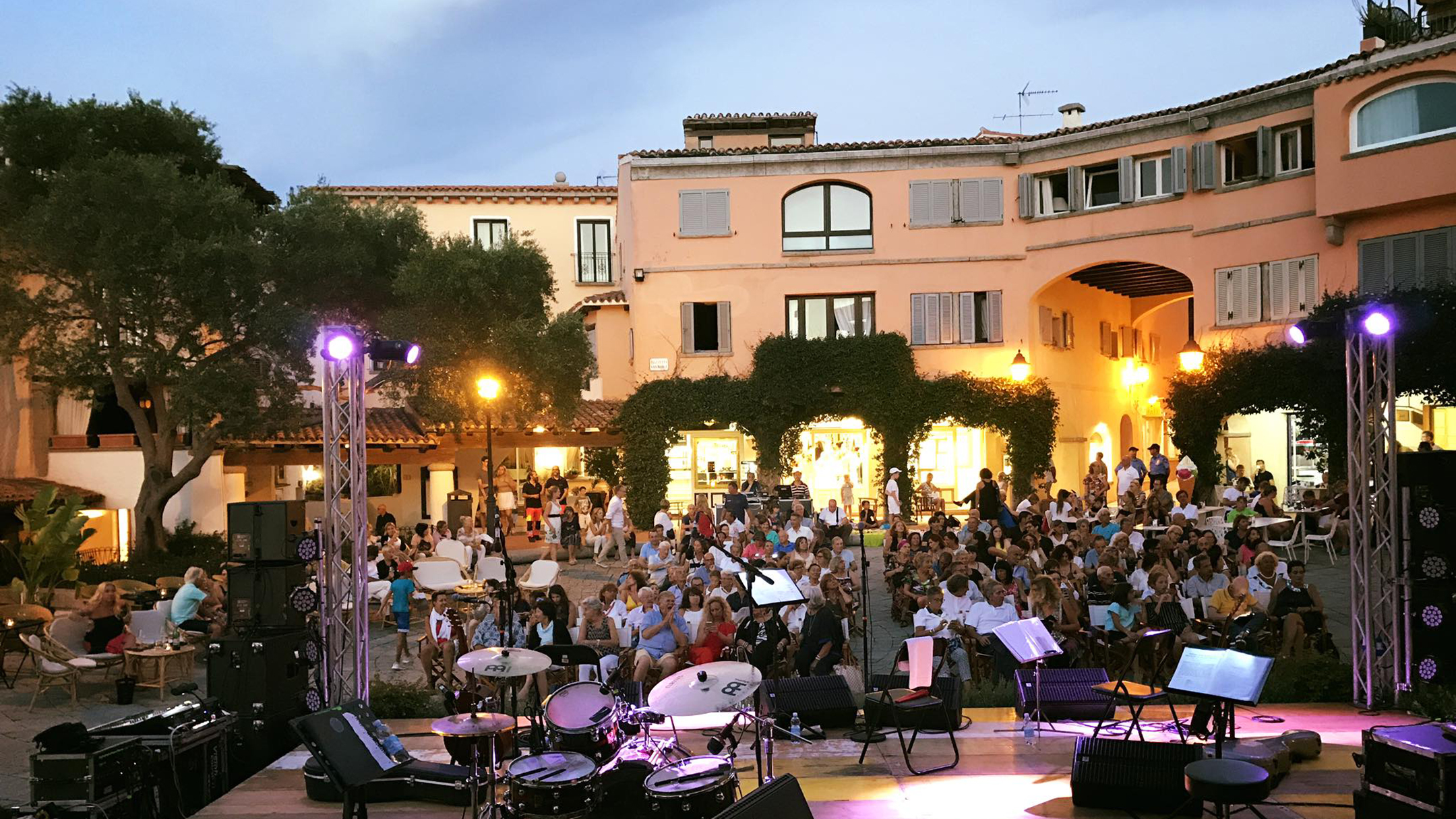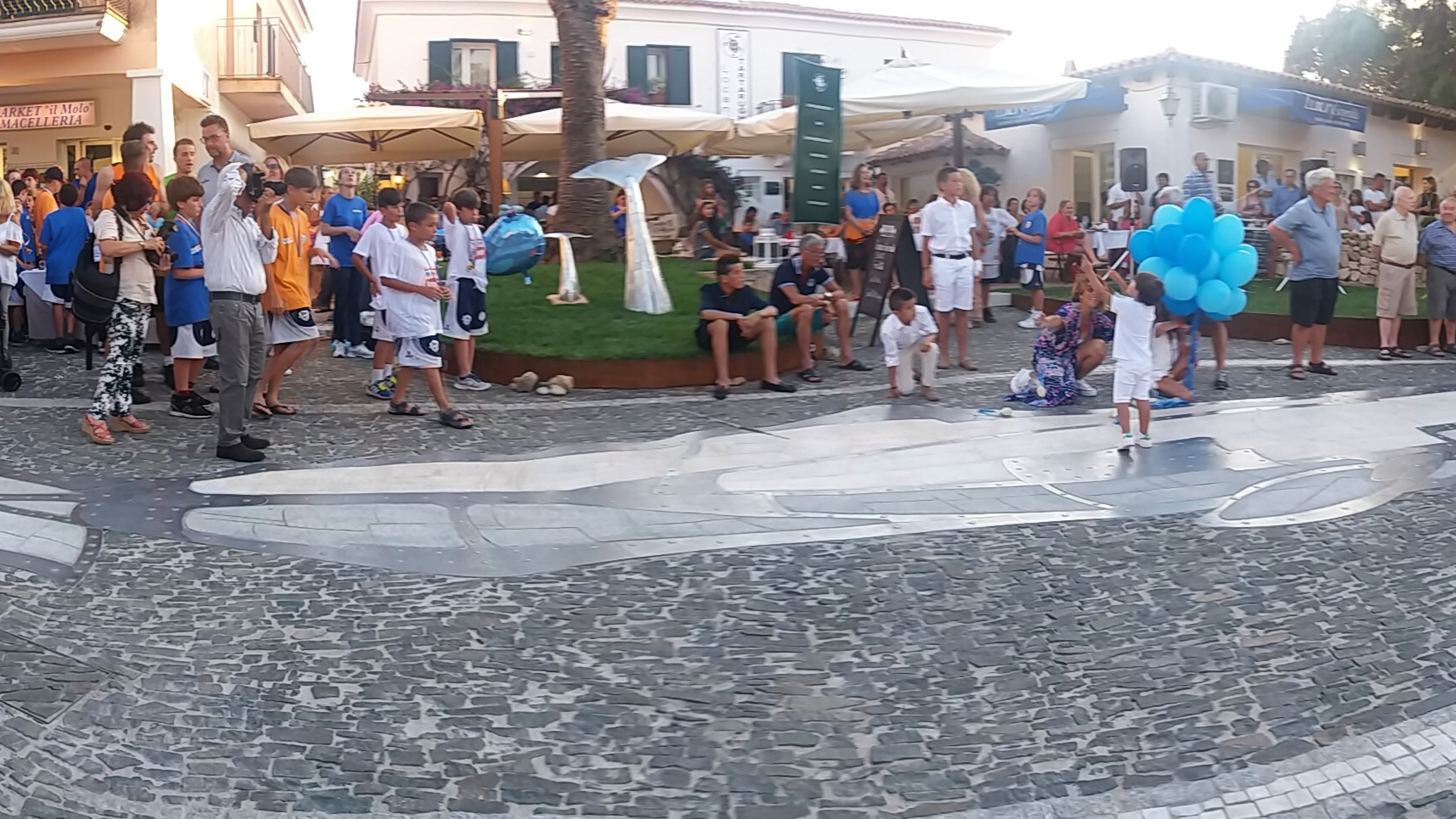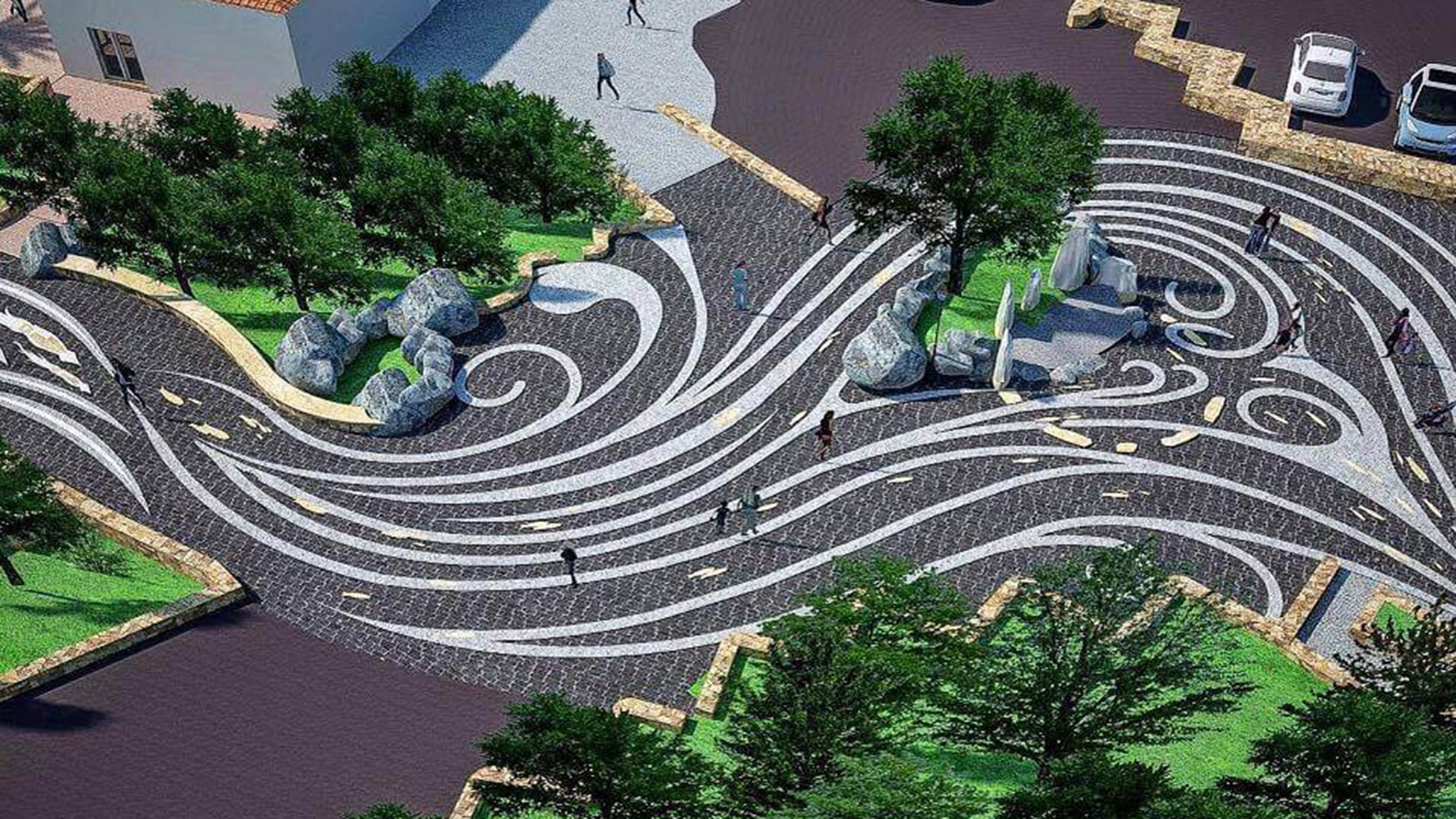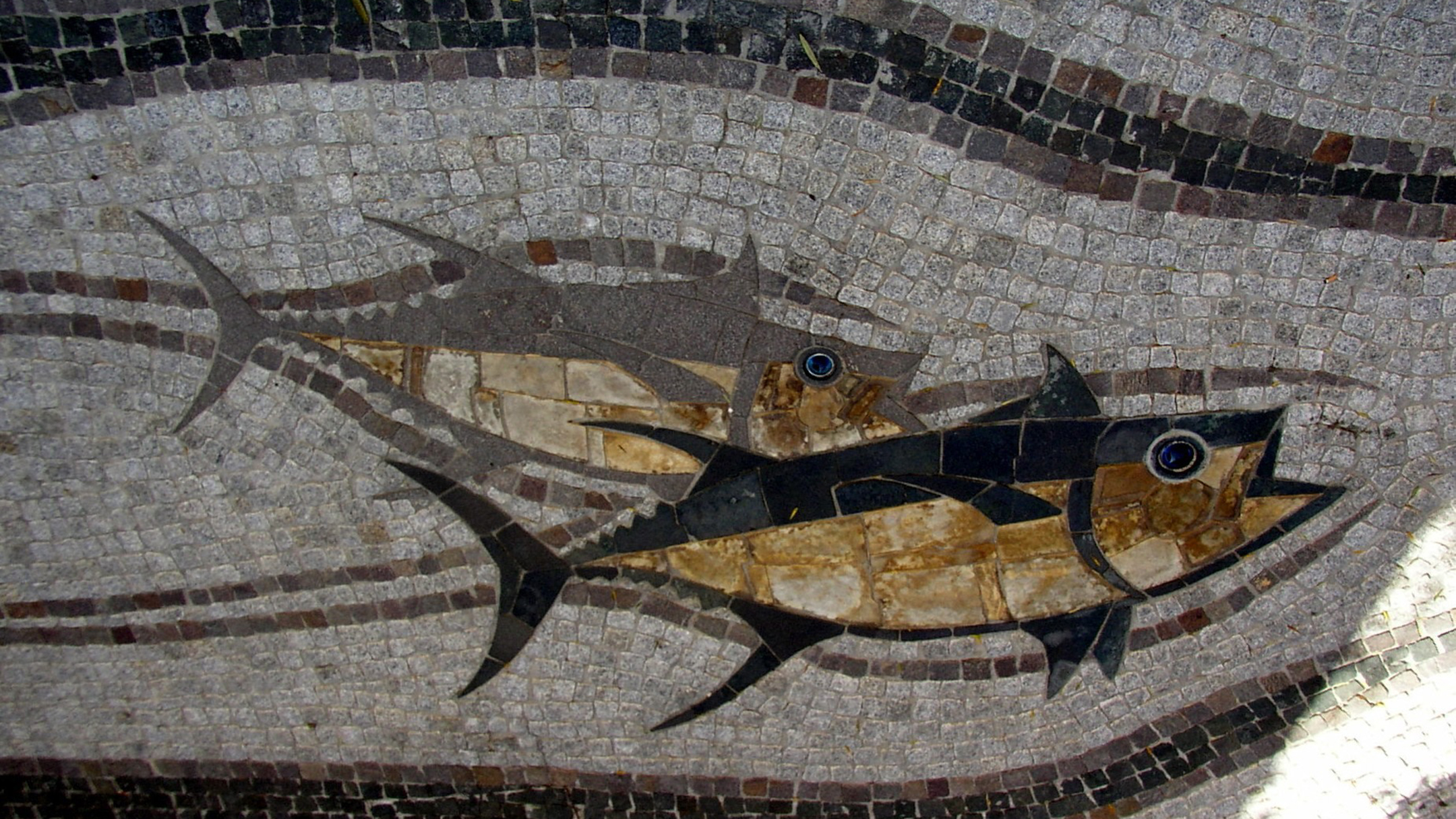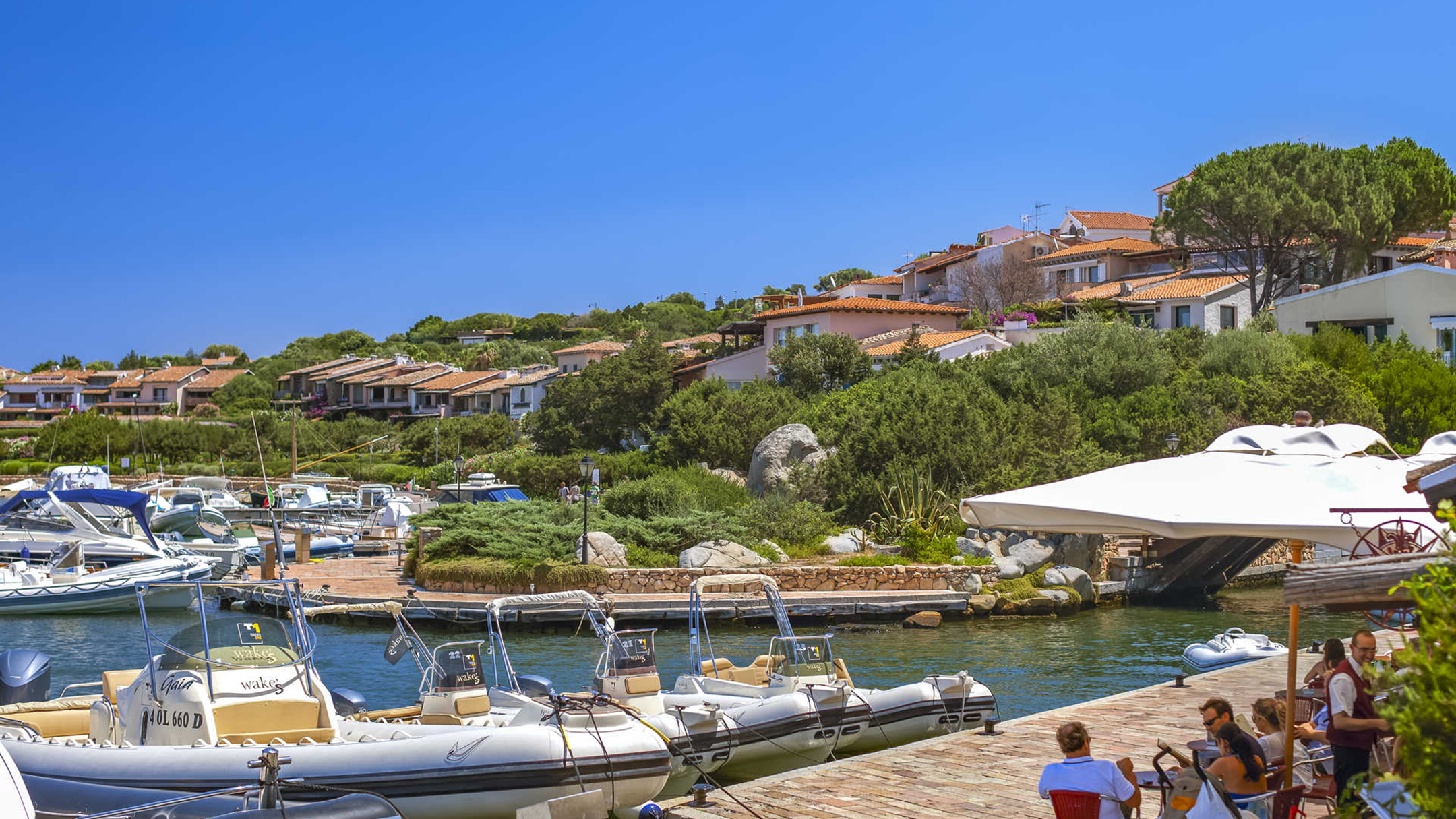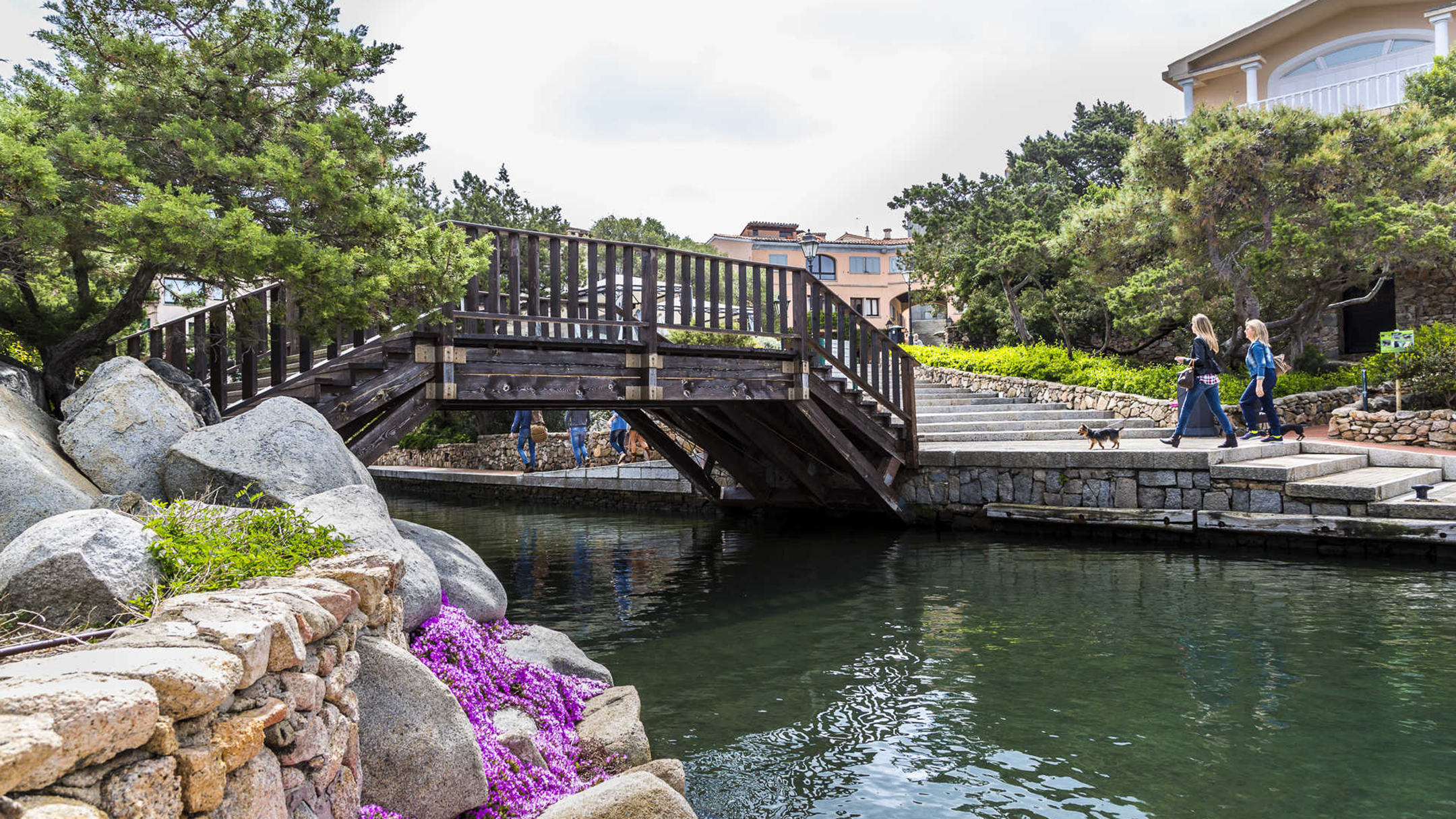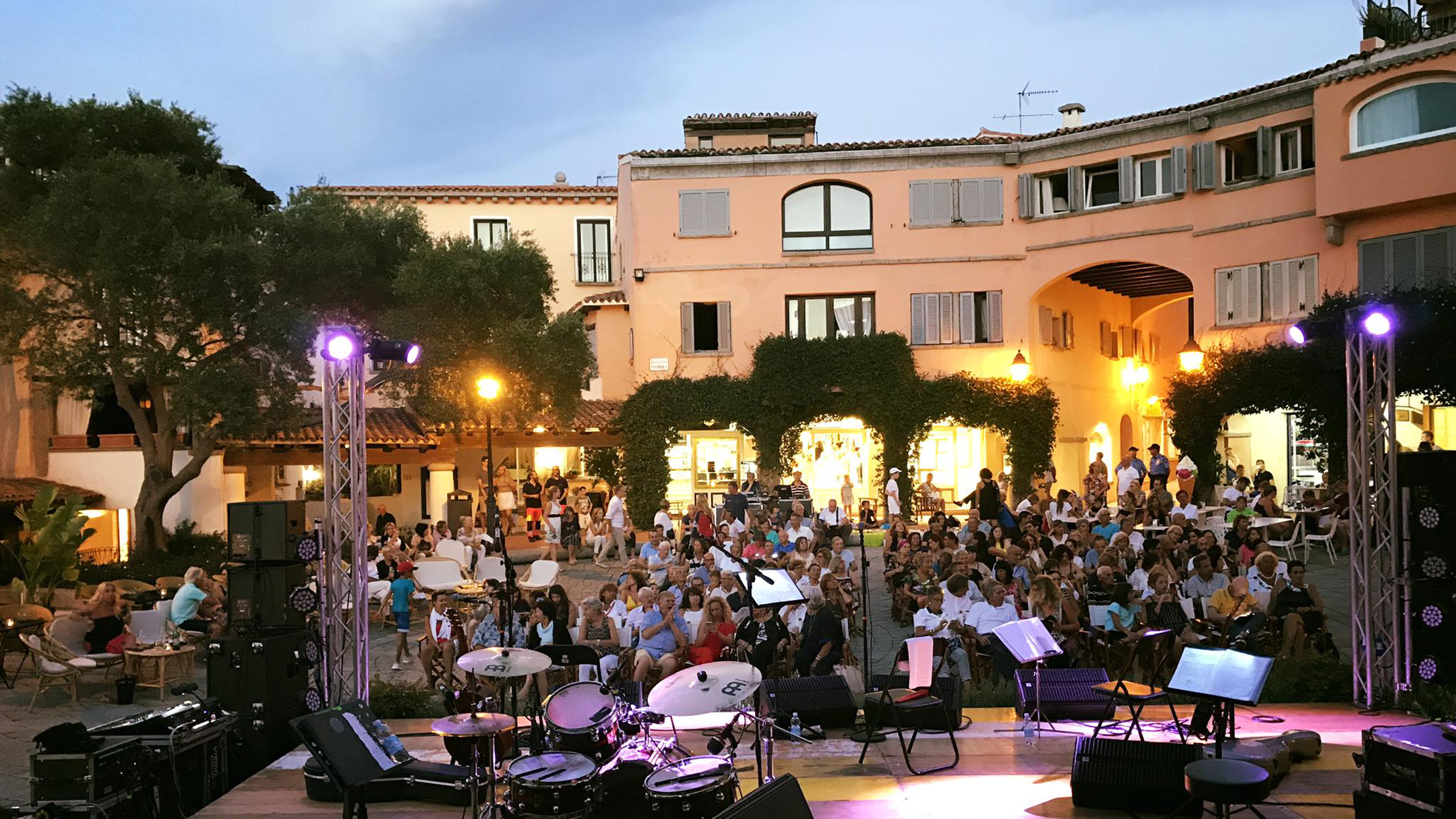Porto Rotondo
One of the most important places for national and international tourism. It is a jewel in the crown, along with Porto Cervo, forthe Gallura area, on the north-eastern coast of Sardinia. Porto Rotondo is a district in Olbia, a few kilometres from GolfoAranci, Palau and Arzachena. In 500 hectares of territory, between the gulfs of Cugnana and Marinella, with a highly-equipped tourist port with 800 moorings for boat, there are about a thousand residents in winter. In the summer, there are sometimes as many as 30 thousand inhabitants in the villas, timeshare homes and residences built around an initial nucleus of the village, dating back to 1964. It was started by the Venetians, Luigi and NicolòDonàdalle Rose, as part of an initiative undertaken by a group of entrepreneurs. This is where its architecture, which decidedly resembles the structure of Venice, comes from and, not surprisingly, the main square is PiazzettaSan Marco. Along with the magnificent residences, there are also numerous luxury and extra-luxury hotels.
PoltuRutundu(in Gallura dialect) is considered one of the most ‘in’ places in Sardinia and the whole of Italy: it is easy to encounter famous personalities, especially in the summer, at nightclubs. Big names from the world of high finance and show business personalities choose it as a summer residence.
It is generally considered a Costa Smeralda locality, even though it is technically not part of it, based on what was established by the Costa Smeralda Consortium. This has led to a certain rivalry between the Porto Rotondo‘rotondini’ and the Porto Cervo‘cervini’, each wanting to be leader of the most renowned locality.
In Porto Rotondo, every year, at the end of August, the Big Game is held. This is a deep-sea fishing sports event, among the most important and spectacular in the Mediterranean. The Porto Rotondo Yacht Club, officially established in 1985, has become one of the most important at national level, maintaining a strong link with the Yacht Club Italiano in Genoa.
Credits by Letizia Fraschini, archaeologist – The first image that is projected in our mind when we talk about Porto Rotondo is the characteristic tourist port built in the 60s by the Venetian counts Donà dalle Rose in a natural inlet which, with its circular course, hugs the oncoming sailors. But Porto Rotondo is also something else. A magical place for the millennial history of its territory, rich in natural tafoni that give us few but significant evidence of the presence of man since the Neolithic age. In the hills surrounding the territory there is no lack of evidence of monuments of probable Nuragic age, small towers with lookout functions and control of the settlements downstream and of the communication routes. The Borgo, for some years now, has been characterized by the presence of an archaeological unicum which, to date, has no comparison in the western Mediterranean: a Punic signaling / sighting tower. The monument, located in Punta Su Nuraghe, has always been considered a nuraghe. The integral archaeological excavation – conducted by the Archaeological Superintendence under the scientific direction of Dr. Rubens D’Oriano with the direction of Paola Mancini in the field, and financed by the Porto Rotondo Consortium – unearthed a cylindrical tower made of large shaped granite blocks, filled with stones and earth and without access. As can be seen from the archaeological material found, the monument was certainly built in the Punic age (late 4th-mid 3rd century BC) and was used continuously from that moment until the Augustan age. At the current state of research, the monument has not yet comparisons in Sardinia, but it has evident similarities with the nuraghi and, in fact, it has always been believed to be so until the excavation was completed. It is possible that the indigenous populations, descendants of the nuraghi people, who had important relations with the nearby Punic city of Olbia played a decisive role in its construction. The function is connected to the control of the natural landing place of the Gulf of Cugnana, as a watchtower and, perhaps, for signaling dangers with the lighting of fires. In the opposite and more internal position of the Gulf there is a well, still under study, which has a structure similar to the constructions of the Nuraghic age, but could belong to less ancient cultural environments. The frequentation of the territory of Porto Rotondo in Roman times is amply attested by the discovery of ceramic fragments from the Republican and Imperial age, from 1st and 2nd century amphorae. d. C. coming from the bottom of the inlet and from the presence of a quarry for the extraction of granite, where the two columns (found in the bay around the 1960s) were built and are still placed on a high pedestal at the entrance to the port , and those for some years placed in the access roundabout to the central part of the tourist settlement.
VIA DEL MOLO In Porto Rotondo, a few steps from the church of San Lorenzo, a road runs along the staircase that leads from the Piazzetta San Marco to the Church: it is via del Molo, characterized by a mosaic decoration signed by a French artist. The work was created in 2007 as a macromosaic with granite cobblestones and other stones typical of Sardinia, yellow and black, and depicts “the food chain”: larger fish chasing along the path marked by the road, smaller fish. In this way we want to remember the continuous flow of life. The road ends with shells. The artist also collaborated in the creation of MUMART in Golfo Aranci, the first Underwater Museum of Contemporary Art with a ten-meter long stone fishbone.
I also heard about this during a television broadcast. It is a work of the Breton artist Emmanuel Chapalain.